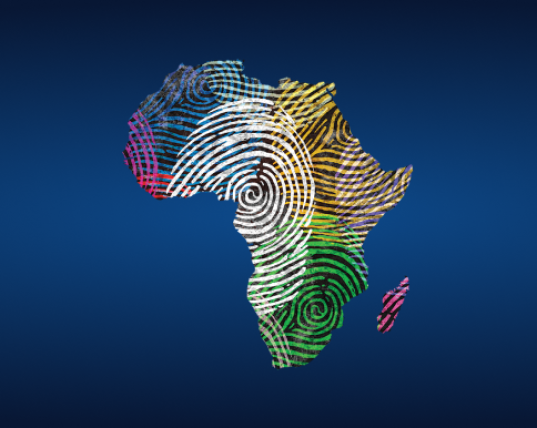
🇩🇿 Algeria
How FutureProof is the healthcare system in Algeria?
How this score impacts life in Algeria
Vital Signs and Measures
All measures, including the measures within the Vital Signs, are equally weighted.
Much like its north African neighbours, Algeria’s population is among the healthiest on the continent. There is a lower burden of disease as reflected by DALYs, and Algerians have one of the longest life expectancies in the region. However, while Algeria’s population is young on global standards, it is one of the oldest on the continent. Combined with the highest rates of obesity and smoking in the region, two acknowledged risk factors in the development of non-communicable diseases like cancer and diabetes, Algeria is facing a potential increase in the incidence of NCDs in the coming years, which will certainly have an adverse impact on socioeconomic development. Prevention through screening, training, education and awareness programmes will be pivotal in tackling this looming public health burden. This is achievable as the health system benefits from adequate and sustainable funding - notably from macroeconomic policies and health development assistance. There is a good level of healthcare coverage and public health services, yet Algeria lags behind on access to WHO essential medicines. While Algeria performs as well as countries like the UAE, Jordan or Lebanon on external factors which tend to impact health outcomes – largely thanks to good access to basic utilities such as clean drinking water and electricity, as well as mobile connectivity and primary education, these non-African countries fare much better when it comes to the quality of their health services. Finally, Algeria falls largely behind on innovation: Algeria could look up to countries such as Jordan or Turkey, who have created an innovation-inducing ecosystem thanks to forward-looking policies.









